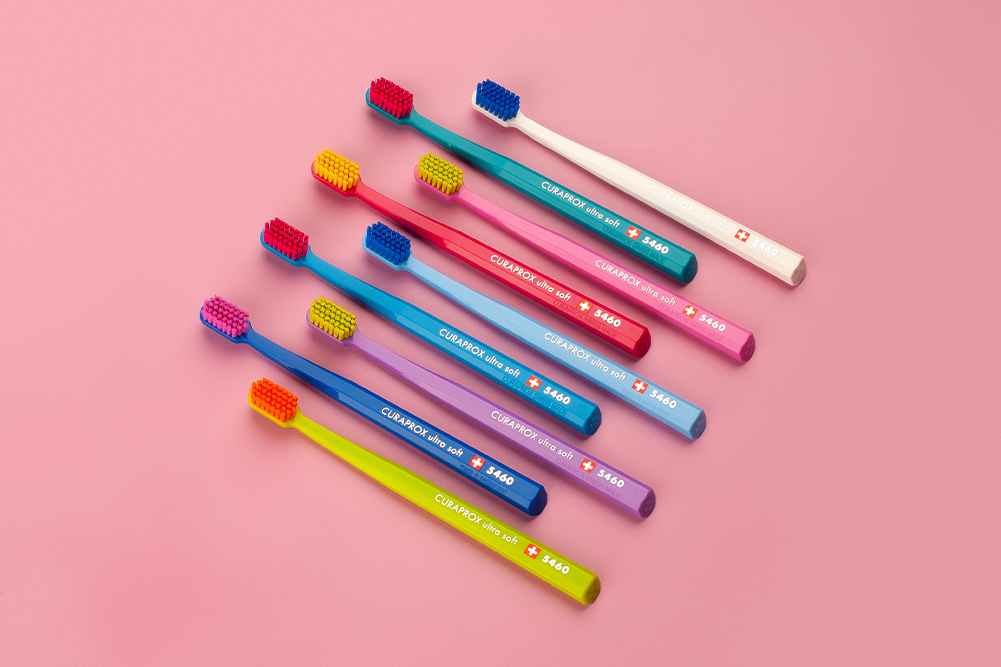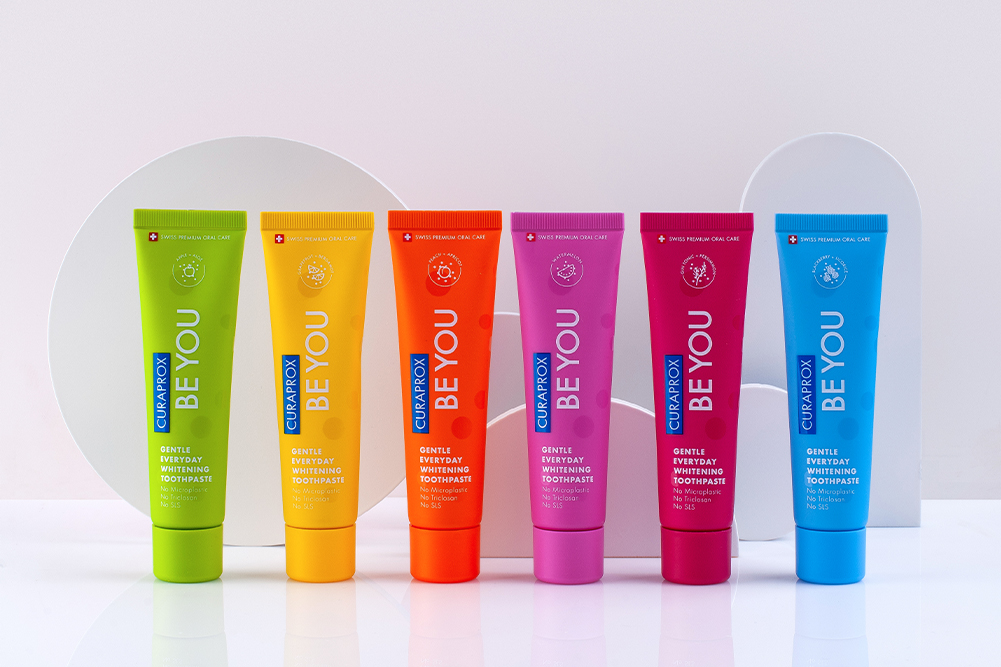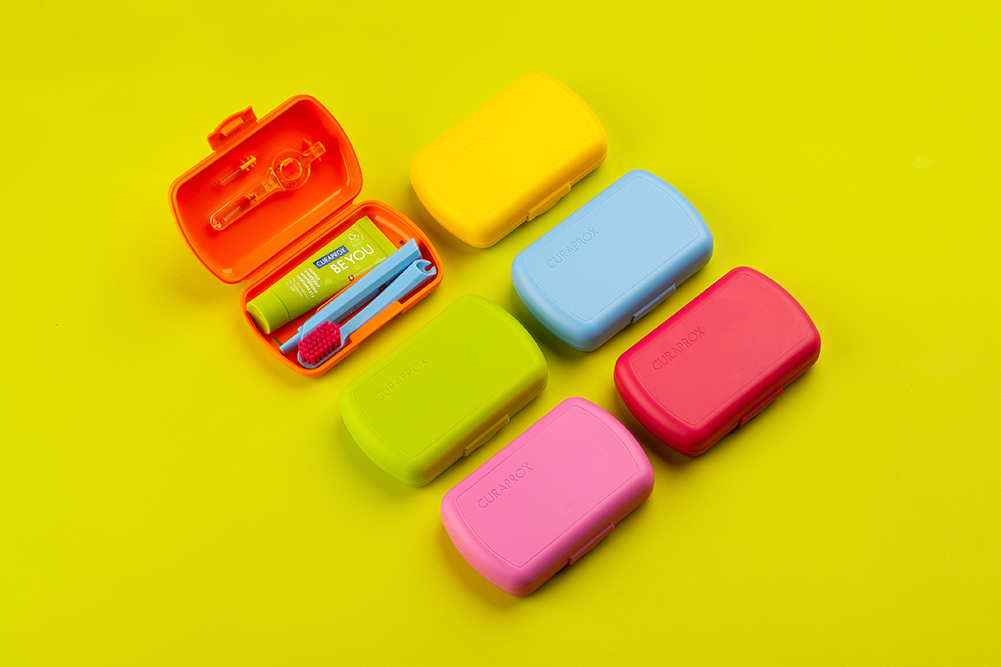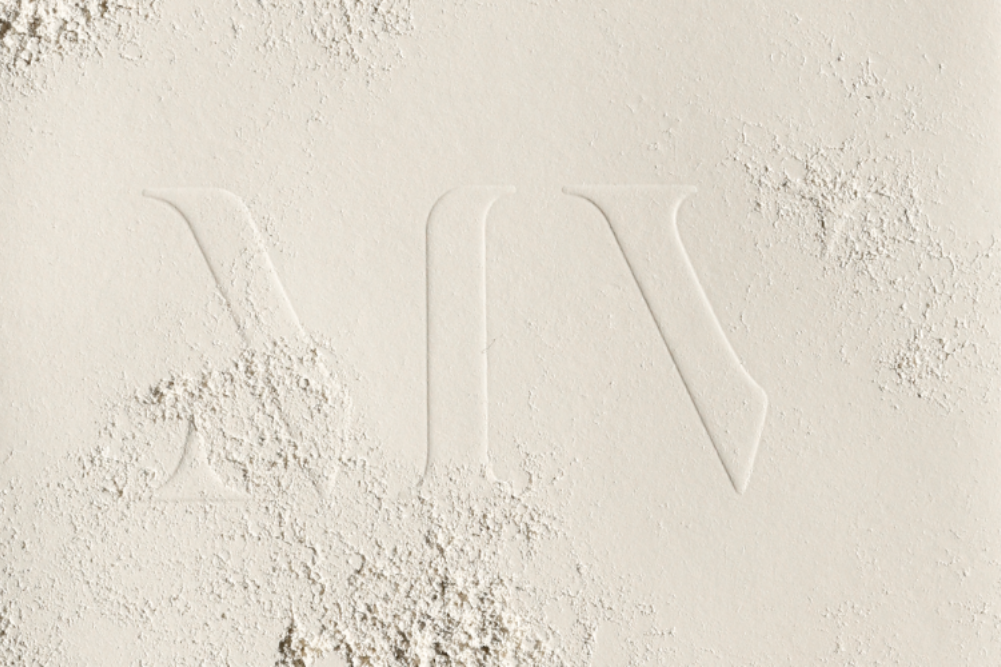Make your own rose-hep tea
Queen Victoria loved rose heps (or hips, as they are also known), made into her favourite Sauce Eglantine and served with right royal roast mutton. I love rose heps, too, fat and red on the bare rose bushes; especially the rugosa heps, rose varieties bred especially for their giant, decorative winter heps. I also love rose-hep tea, though these days most of it is mixed with hibiscus buds to get the rich red colour that customers expect. But it is still good — a wonderful winter drink, slightly astringent and sweet at the same time.
To get rose heps you need winter and rose bushes. The “weed” briar rose gives some of the best-flavoured rose heps, though they are hard and orange rather than soft and red. But briars are, well, weeds and look pretty ratty, even in spring when they give a brief blooming of small pink flowers well guarded by a multitude of thorns.
While all roses produce heps — the fleshy rose “fruit” that contains the ripening seeds — some roses produce bigger or sweeter ones than others. The biggest and most glamorous are not always the sweetest: our Climbing Ophelia gives hard, dull heps that look bland but are surprisingly flavourful. But you will need to hunt out the most spectacular rose-hep roses.
Frühlingsmorgen gives rich-purple heps as well as stunning single blooms of soft pink shading to pale gold. Bonica gives good heps, too. But the classic hep roses are rugosa roses, those hardy roses from northern Asia, particularly from Japan, Korea and China. Rugosas are able to cope with intense heat, freezing temperatures, drought and salt spray … and probably a semi-trailer backing over them. They just grow back and bloom again. Even grasshoppers avoid their leathery foliage, unless there’s nothing else to eat.
Most rugosas bloom only once in spring, leaving the rest of the year for their stunning seed cases — the heps — to swell and mature, but many hybrids will repeat-bloom throughout summer and autumn, too, though what you gain in flowers you often lose in heps. Plant them, feed them, enjoy the long-lasting colours of the flowers; prune them back by a third in winter if they need it — they’ll flower happily without, growing to 1.5m or so high and wide, growing sturdier each year for centuries.
There are many, many rugosas and their hybrids to choose from. Frau Dagmar Hastrup is one of the most stunning in the heps department, with its huge clusters of saucer-shaped, pink flowers followed by massive tomato-coloured and shaped hips. Scabrosa is nearly as good with fragrant rose-pink blooms and giant red heps.
Rose heps may be sweet but they are also tough and fibrous. You’ll get little joy from chewing them raw.
Blanc Double de Coubert has huge, double white flowers and very bright red heps. Delicata is a smaller bush with clove-scented, bright-pink flowers followed by large orange–red heps. Schneezwerg, or Snow Dwarf, is another small bush, with pure-white flowers and startling bright-red heps.
If you want almost constant flowers as well as heps all through spring and summer, try Rugspin, a hybrid rugosa with deep-red blooms and golden stamens, though little scent.
How to use rose heps
Rose heps may be sweet but they are also tough and fibrous. You’ll get little joy from chewing them raw.
Dried rose heps for tea
This is fiddly. I prefer to make the syrup below and freeze the liquid before adding sugar. But, if you wish to make your own, pick the heps in early winter, when they are at their fattest and sweetest — though good plump heps can be picked at other times, you are just less likely to find them.
Cut them in half with a sharp knife. Wear gloves, as they can be tough and the knife may slip and cut you. You now need to use a teaspoon to scoop out the irritating inner hairs. Rinse them well to get rid of the last hairs, then chop the heps and leave them on a towel or netting in the sun to dry, turning them every few hours and bringing them in at night or if it rains. They’ll take a day or two of hot sunlight, or a few weeks of cold.
You can also dry them on paper in the oven set on its lowest temperature with the door open. If it’s too hot they’ll cook rather than dry. They are ready when they feel firm and crisp, not soft. Store in a sealed container in a cool, dry place.
To use, cover one tablespoon of dried heps with one cup of boiling water. Steep for 10 minutes and reheat, unless you like your tea tepid.
Basic rose hep liquid
Pick your heps as above. Halve them, but don’t bother cleaning. Cover with water; boil till soft, which may take a couple of hours. Press liquid and flesh through a sieve. Keep in the fridge for up to a week or freeze until needed.
Rose hep syrup
Add sugar to the rose hep liquid (above) — measure your liquid and add the same volume of sugar. Bring to the boil. Bottle and seal.
This syrup is also the Sauce Eglantine that Queen Victoria loved so much. I prefer it with thick yoghurt instead of mutton, or luxuriously over ice-cream or in hep milkshakes. Divine.








